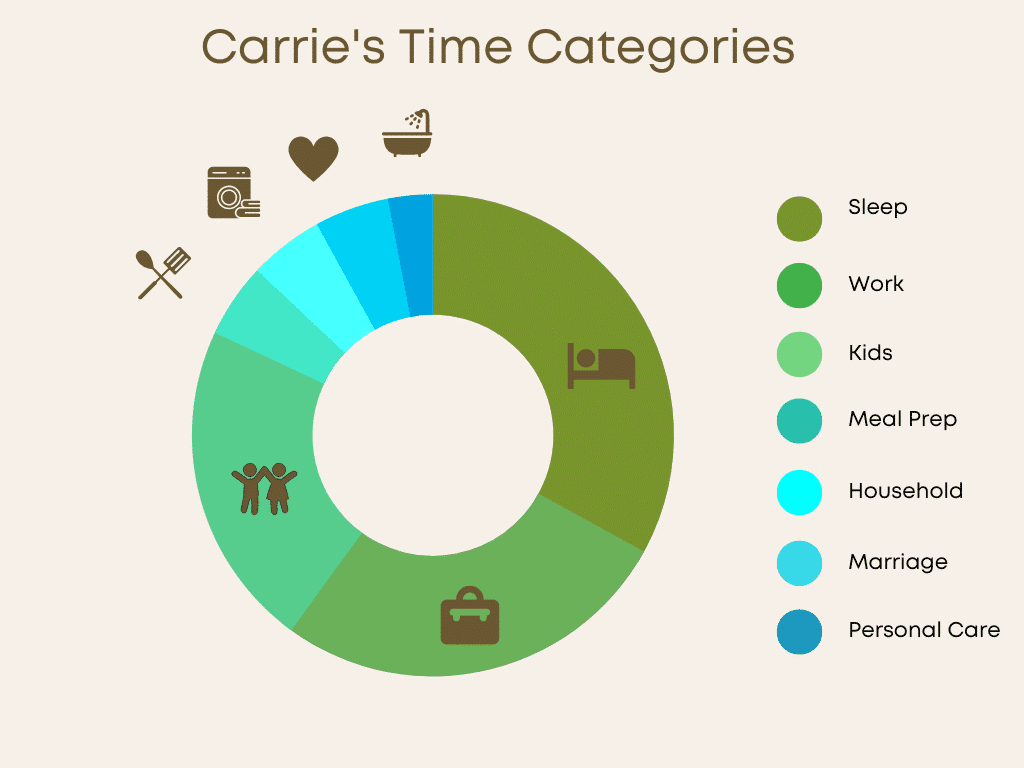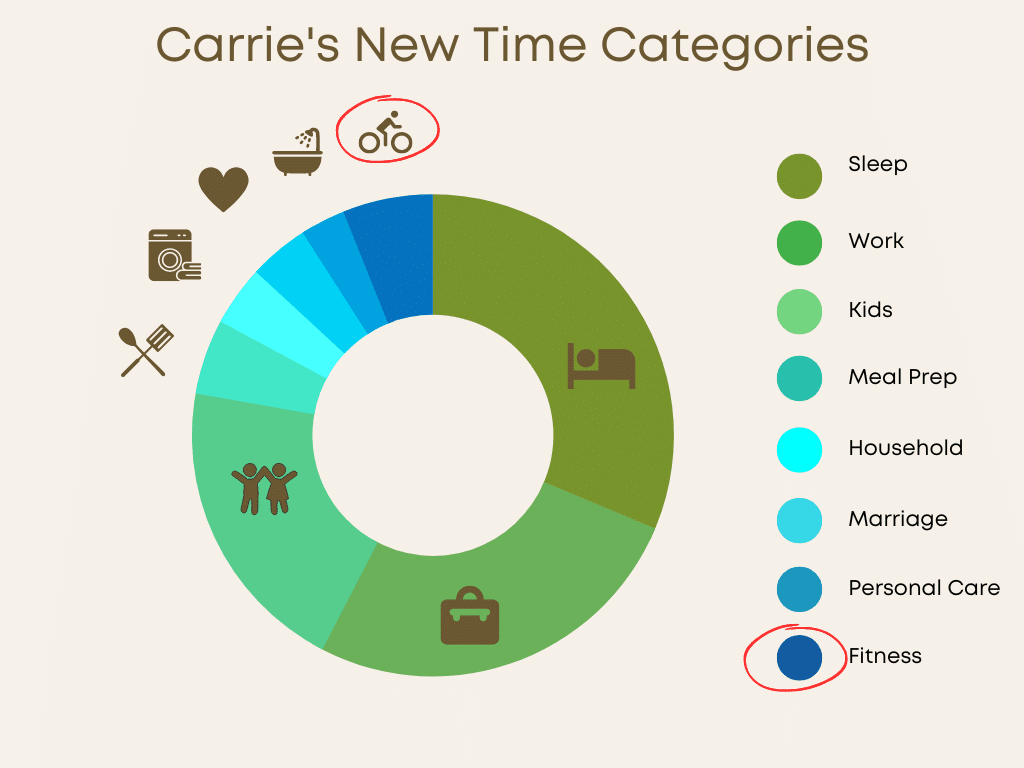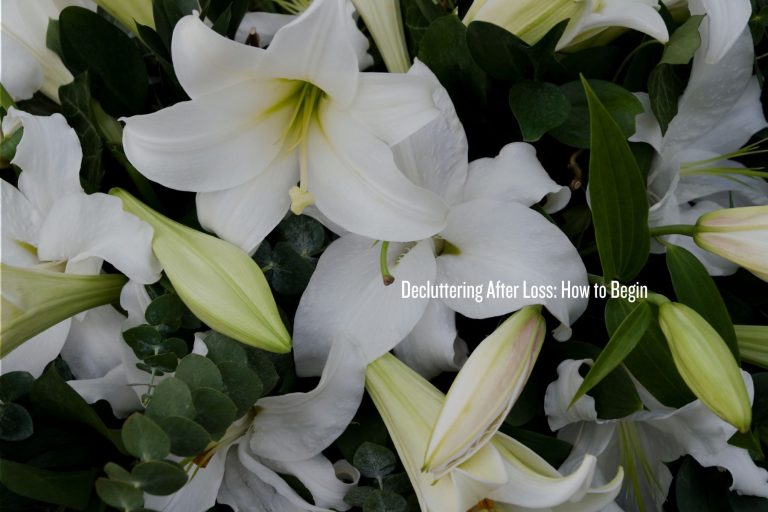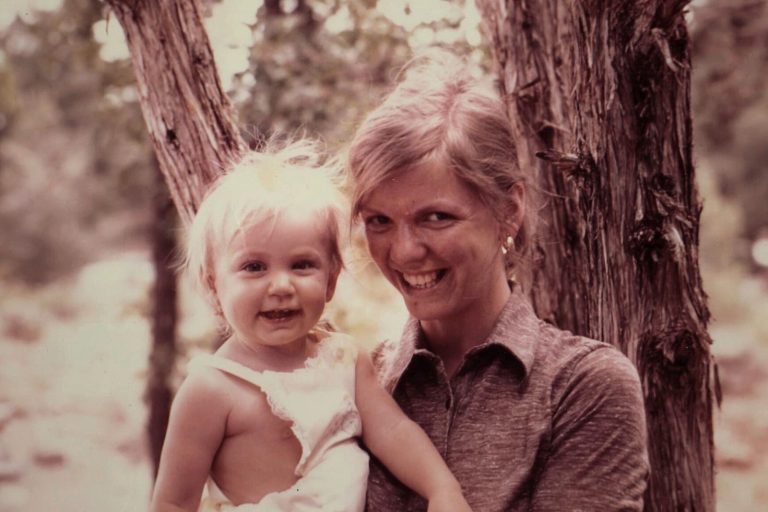Method For: Categorizing Time
As an Amazon Associate and member of other affiliate programs, I earn from qualifying purchases.
A busy life does not often allow time for reflection. You bounce from activity to activity and collapse from exhaustion at the end of the day. All of that bouncing adds up to 24 hours, which in theory is a lot of time. What is getting the lion’s share of your time? Who is getting hardly any time at all? Pausing to record the things that take up your time may not seem important but it is a critical step toward an organized life. Last week I wrote about identifying priorities for yourself, now we are going to do an assessment of the current state of your time.
Categorization Mindset
Thinking about how you spend your time can be both fun and illuminating at once. I have an exercise to get you into a categorization mindset.
-
Take a few minutes and list out a typical weekday in your life, starting with what you do immediately after rising and ending with how many hours of sleep you get at night.
-
Now do the same exercise for a weekend day.
-
Now look at the lists and assign each activity into a category. Categories can include the examples below and any others that you identify (fitness, cooking, etc.)
-
Kids – include not just quality time you spend with them but also driving them places, getting them ready for school, bathing them, bedtime, etc
-
Work – speaks for itself, but include your commute time if you have one
-
Sleep – include naps if you take them
-
Household – laundry, bills, family business, etc.
-
Now add up the time spent in each category for the weekday and the weekend day with the total equaling 24 hours for each.
-
Now multiply your weekday category times by 5 and your weekend category times by 2.
-
Now combine the category times from both days and divide each category by 168. This will give you a % of time that you spend each week in each category.
In my life with small children my list looked something like this
If you don’t count sleep and taking a shower every day I had no time to myself. I was not exercising consistently. I love to read but there was no time for that either. I like to cook and was able to plan and prepare dinner most nights. And I was able to interact with my husband for 30 minutes without the kids on a good day.
INSERT PRIORITIES
Back to our exercise. Using your current time categories as a baseline create a new list using the priorities you identified from last week’s blog (if you missed here’s the link to Deciding What Matters.) Your priorities reflect new categories that you would like to make room for in your current allotment of 168 weekly hours. If you are thinking that you have no time to fit in the self-care priorities that you’ve identified, you aren’t alone; that’s what it looks like on the surface. But starting with a vision for your week that includes some time for your version of self-care tees you up perfectly for the next step in the process, which I’ll get into next week.
In 2008 my mom decided to do a triathlon and asked me to do it with her. I looked at her like she was crazy; how in hell was a supposed to have time to train when I had 3 kids, a job that included travel every month and literally no time to myself? She went ahead and did the tri without me (she was 65, I was 38.) As I rode on the shuttle to the finish line with my family I slowly realized I was the only mom there, the shuttle was full of dads and kids preparing to cheer their moms/wives over the finish line. My kids were going to cheer Grandma. I committed that day to do my first triathlon the following summer, having no idea how I was going to fit the training into my crazy schedule.
After we celebrated Grandma’s historic feat of strength I went home and did the exercise we just went through, but adding in my new priority.
Making a list and a pie chart is one thing, actually figuring out how to bring it to life is a whole other ball of wax. But the visual helps you make sense of all the bouncing. It helps you make the commitment and the commitment is a huge step forward. I made my commitment the day after my mom finished her first triathlon. Next week I’ll dig into how I did it. The next step in the march towards an organized life is creating habits and applying tactics that can make the dream a reality!
Thanks for the inspiration Mom!











Method Seattle Comment Policy
We welcome relevant and respectful comments. Off-topic comments may be removed.